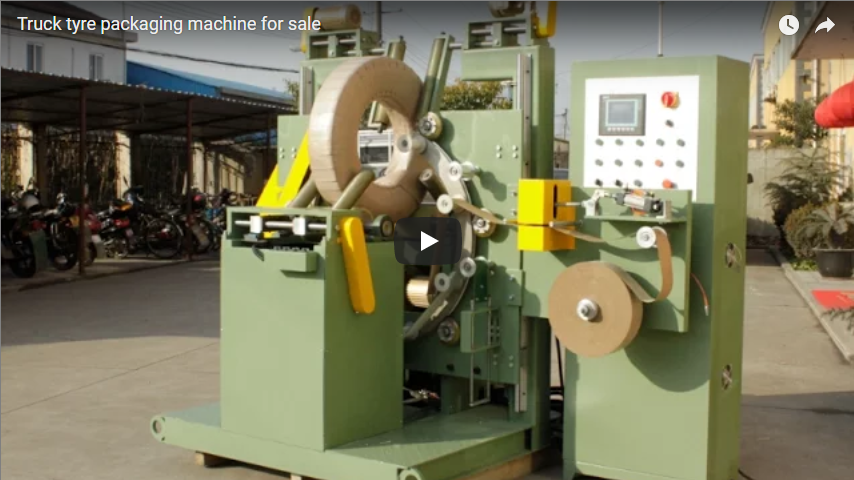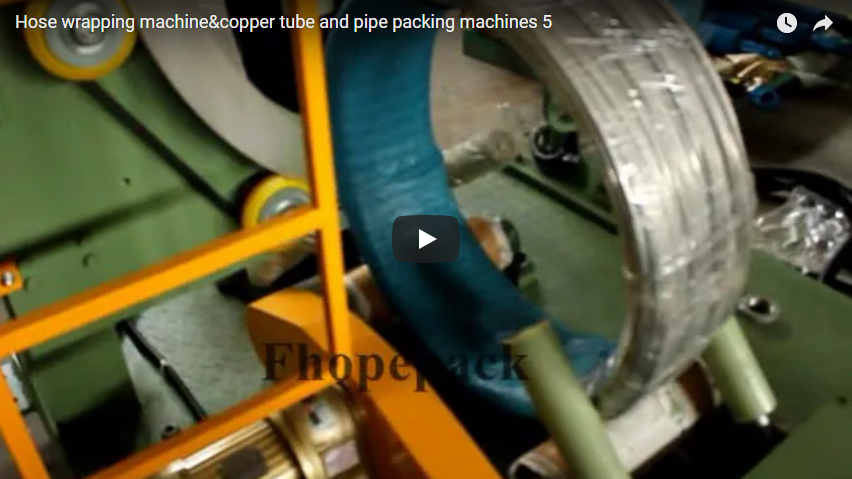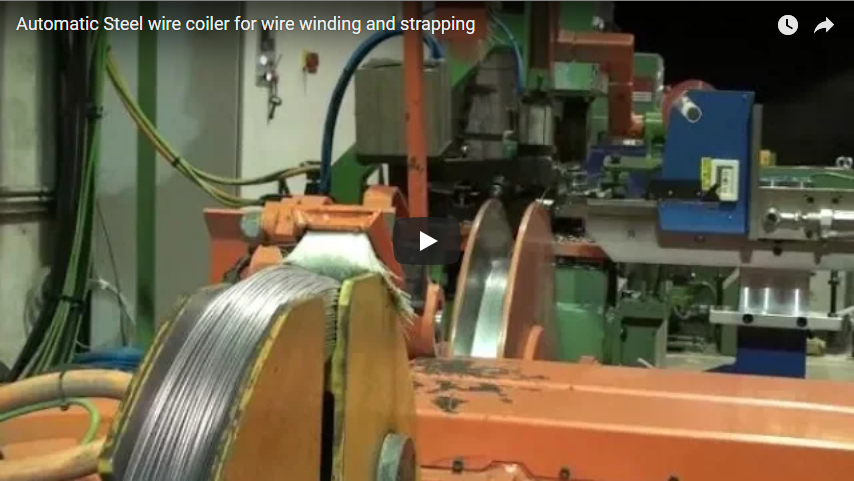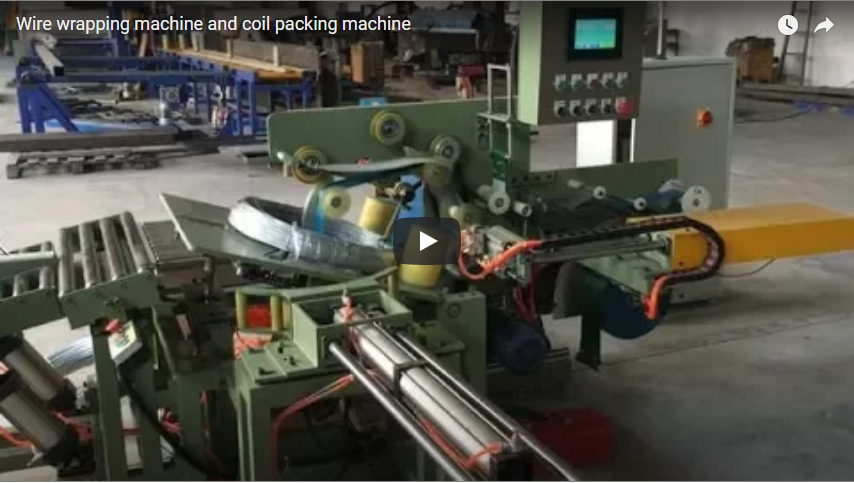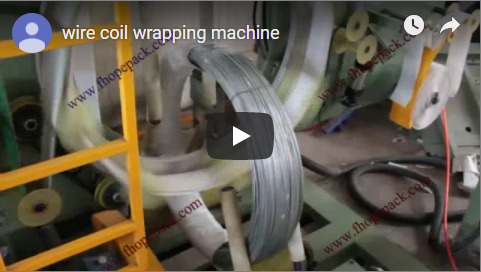Automatic Steel Wire Coiling & Strapping Machine: Enhancing Efficiency with Precision
Steel wire packaging is an intricate process, demanding accuracy, consistency, and automation to meet high standards. When it comes to meeting customer expectations, a reliable automatic coiling and strapping machine is critical. Imagine a setup where a machine not only coils the steel wire per specified length but also secures it with polypropylene (PP) or polyethylene terephthalate (PET) belts—creating a package ready for immediate use or shipping. Whether integrated into a larger production line or operated offline for customized wire processing, these machines optimize not only packaging but overall productivity. This is more than machinery; it’s the future of steel wire handling.
With efficiency and quality being top priorities, let’s delve into the features, benefits, and operational insights behind these robust machines. By the end, you’ll see why they are indispensable in today’s industrial landscape.
For an overview of essential points, refer to the table below, and let’s move forward with a deep dive into each component and its role.
The automatic steel wire coiling & strapping machine is able re-winding the steel wire per length into coil. And strapping the coil with PP belt automatically.
The machine can be connected to the packing machine for online packaging. And it is capable offline for wire drum payoff.
The automatic wire coiling and strapping machine is able checking the length and cutting with strapping.
Strapping by PET or steel belt, logo tapping, weighing, stacking....all types of machines will provide a tidy and perfect package to our customers. We also provide semi-automatic and full automatic options to our customers, high efficiency and cost effectiveness will save power and material cost.
1. How Does the Automatic Steel Wire Coiling & Strapping Machine Operate?
1.1 Precision in Re-Winding Steel Wire
The re-winding of steel wire into coils of specified lengths is the starting point of this machine’s operation. This isn’t a simple winding action; precision control is critical. With automated sensors, the machine measures each wire section to ensure it meets the specified length, a factor crucial for industries where product consistency is non-negotiable. Re-winding to set parameters also reduces wastage, ensuring every coil meets exact standards without excess material.
1.2 Secure Strapping with Automated Controls
Once the wire is coiled, the machine transitions seamlessly into strapping, using either PP or PET belts to secure the coil. This step prevents loosening during transport and handling, offering a durable package that holds shape regardless of external pressures. Automated strapping eliminates the need for manual adjustment, making it highly reliable in high-volume production environments.
![Featured image of a strapping mechanism on a steel wire coiling machine]
1.3 Enhanced Durability and Customization in Strapping
Using PET or steel belts, this machine provides a range of options for different durability needs. The straps can withstand significant force, preserving coil integrity even in demanding transport conditions. Additionally, customization options, such as varying the belt thickness or adding logos, ensure that packaging aligns with branding requirements, which is vital for customer-facing industries.
2. Why is Length and Tension Control Crucial?
2.1 Achieving Consistent Coil Lengths with Advanced Sensors
Control over length is more than just a setting—it’s a key quality indicator in steel wire coiling. The automatic coiling machine uses precision sensors to measure and cut each coil to exact specifications. By maintaining consistent coil lengths, the machine reduces discrepancies and waste, helping manufacturers maintain a steady output that meets customer expectations.
2.2 Tension Control for Coil Stability
The tension at which wire is wound affects the coil's stability, impacting its transportability and usability. The automatic system constantly adjusts the tension to ensure each coil is tightly and uniformly wound. This tension control minimizes the risk of deformation and enhances the coil’s resilience, making it ready for even rigorous industrial applications.
![Featured image of tension control system in the coiling process]
2.3 Reducing Waste through Precise Measurements
The integration of length and tension controls in one machine ensures that each coil is efficiently produced without material loss. Every measurement and cut is calculated to use the maximum amount of wire with minimal leftover, aligning with cost-saving and sustainability goals for manufacturers. This precision is especially beneficial in high-production settings where even small reductions in waste add up to significant savings.
3. What Are the Benefits of Integrated Packaging Solutions?
3.1 Streamlined Processes with Online Packaging Capabilities
An automatic steel wire coiling and strapping machine can function as part of a larger production line, linking directly with other packaging equipment. This online capability means that as soon as the wire is coiled and strapped, it’s ready for immediate packaging without manual intervention, creating a continuous flow that saves time and labor.
3.2 Offline Operation for Versatility
While online integration is a significant advantage, the machine’s ability to operate offline offers unmatched flexibility. Offline setups are ideal for custom orders or smaller batches, giving manufacturers the freedom to fulfill specific requirements without disrupting the main production line. This dual capability makes the machine versatile, adapting to various production demands and operational layouts.
![Featured image of machine connected to a packaging system for online operations]
3.3 Enhanced Packaging Quality with Consistent Standards
Consistency is at the core of quality packaging. By automating the coiling and strapping process, the machine ensures that every coil meets high standards in terms of length, tension, and strapping security. For manufacturers, this translates to fewer rejections and returns, with customers receiving uniformly packaged products that reflect the quality and reliability of the brand.
4. How Does Automation Enhance Cost Efficiency?
4.1 Minimizing Labor Costs through Full Automation
By automating the entire coiling and strapping process, the machine drastically reduces the need for manual intervention. With only minimal operator oversight required, labor costs decrease, allowing resources to be allocated to other areas of production. This shift not only saves money but also allows for a more streamlined, efficient production line.
4.2 Saving Material Costs with Precise Strapping
The machine’s automated strapping mechanism uses precise amounts of PP, PET, or steel belt, ensuring that just enough material is applied to secure each coil. This efficiency means less waste from overuse of materials, directly cutting down costs on strapping supplies. Over time, these material savings contribute significantly to a more economical production process.
![Featured image of automated strapping on steel wire coil, showing efficient use of materials]
4.3 Energy-Efficient Design Reducing Power Consumption
Many modern automatic coiling and strapping machines are designed with energy efficiency in mind. By minimizing idle time and optimizing motor usage, these machines require less power per coil, contributing to reduced energy costs. This energy efficiency, combined with high output, makes the machine both cost-effective and environmentally friendly—a major advantage in today’s cost-conscious, eco-focused market.


